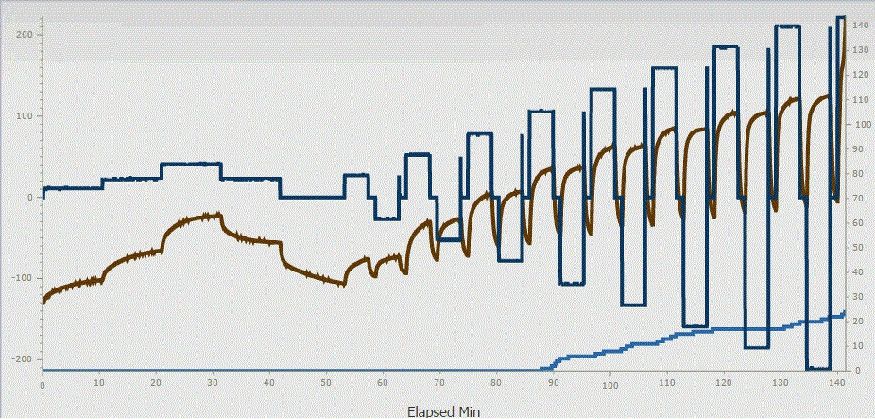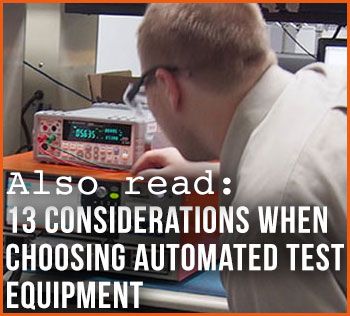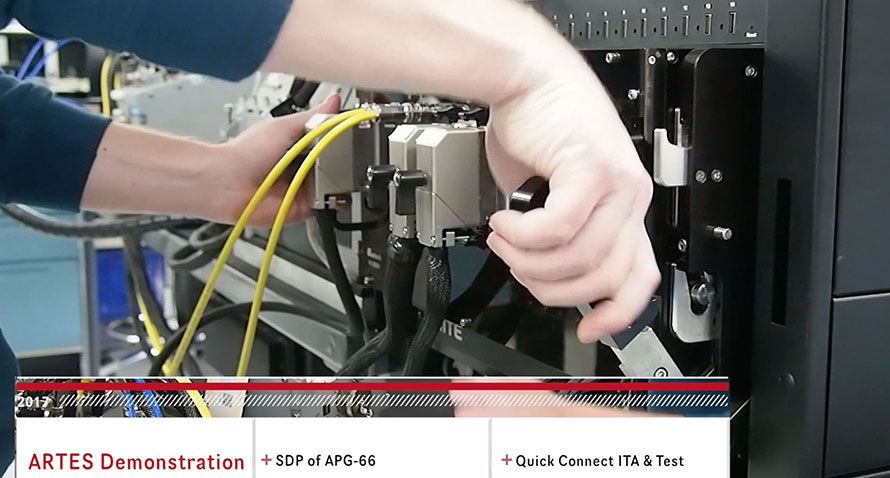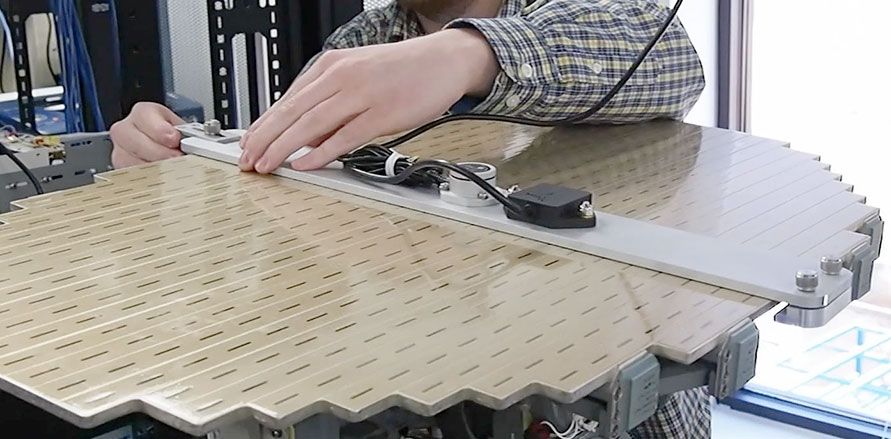Automated test systems have to interact and measure things in the real world. Data on size, distance, strength, weight, pressure, temperature, color, surface finish, and more may be required to perform the test and analyze the results. Manufacturers use the terms “transducer” and “sensor” for devices that can convert various stimuli into electrical signals that can be read by the control system. Proper selection and use of sensors are one of the key factors that will determine how well a system functions.
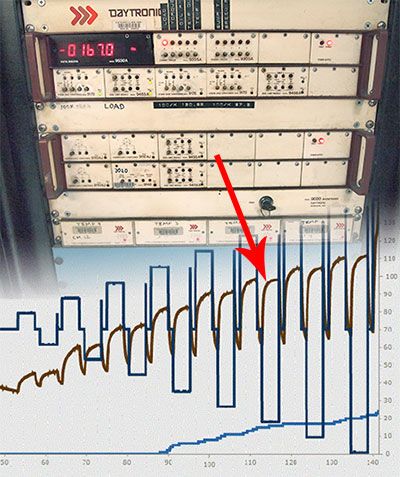 For a given type of measurement to be made, there are often many different methods of measurement and types of sensors available. For example, for temperature measurement, there are resistive thermal devices, semiconductor chips, thermocouples, and non-contact infrared sensors just to name a few types. Even within those classes of temperature sensors, there are many choices to be made. With all of these choices, how is a designer to select the appropriate sensors when building a system?
For a given type of measurement to be made, there are often many different methods of measurement and types of sensors available. For example, for temperature measurement, there are resistive thermal devices, semiconductor chips, thermocouples, and non-contact infrared sensors just to name a few types. Even within those classes of temperature sensors, there are many choices to be made. With all of these choices, how is a designer to select the appropriate sensors when building a system?
Though the details of evaluating various instrumentation sensors are different depending on the type of measurement, each decision will be based on the same basic types of analysis. Obviously, it is important to gain familiarity with the various sensor options and tradeoffs between them before trying to make an evaluation. Many sensor manufacturers will provide some basic information about their products that can be used to gain some insights into various options for making measurements. However, it is important to make sure to research other options as sometimes that data will not discuss methods not productized by that manufacturer.
Six key items to consider when selecting a sensor will be highlighted here, but bear in mind that there may be other considerations or options for specific requirements. A company with experienced engineers that are not tied to a specific company’s products, such as Duotech Services, can provide invaluable support in evaluating requirements and selecting and implementing an appropriate instrumentation system.
Six Key Items to Consider When Selecting a Sensor
1. Accuracy & Precision – These two terms do not mean the same thing, though they are often related. Accuracy has to do with how close the sensor reading is to the true value while Precision refers to the ability of the sensor to detect small changes. (As an example, a temperature sensor that measures boiling water at 97.53°C has high precision but low accuracy.) Both the accuracy and precision of a given instrumentation system must be appropriate for the requirements of the system. Too high of precision can give a false impression that the reading is also accurate or can result in the system detecting noise rather than the actual desired data. A sensor with more accuracy than necessary will be more expensive and more difficult to use properly than one more appropriate to the measurement required. Additionally, both accuracy and precision are affected by errors incurred throughout the system. Transducer error, wiring, signal conditioners, and the gauges or converters used to read the value each add their own errors into the system that must be understood in order to select the appropriate sensors.
2. Environment – The selection of the proper sensor requires a good understanding of the environment in which the instrument will be operated. Many sensors can be affected by the non-ideal conditions of a production floor (such as temperature variation, vibration, humidity, chemicals, etc.) It is important to take the environment into account when selecting the sensor and its packaging, mounting, and other options.
3. Excitation – Many transducers require power to produce an output signal and it is important to provide a power source that will not introduce additional errors.
4. Signal Conditioning – Unfortunately, the world is full of non-ideal realities in sensors. Electrical noise is always present, often more so on production floors, and can cause erroneous readings. Signal conditioners and other protection circuits can provide some protection from these effects before conversion. Sometimes these are useful, but other times it is possible or preferred to process the signals after conversion, so the use of conditioners must be evaluated during the instrumentation design process.
5. Conversion – In modern systems, it is often preferred that the instrumentation system provides digital data (rather than analog gauges or chart recorders). The analog to digital converters must be evaluated and matched appropriately to the sensors or errors can be introduced, or money wasted by overpaying for precision in one that is not present in the other. Make sure to properly handle ratiometric and non-ratiometric sensors by properly matching with converters that are the same.
6. Processing – Even if signal conditioning is performed, the sensor and conversion process is full of various sources of error. Some of these errors are linear (consistent effect across the measurement range), while others are non-linear. There are various methods and algorithms that can be used to compensate for these errors or to extract the best possible signal from the system.
The data ultimately must be displayed or used by the system and may be stored for later analysis. Whatever is done with the data, remember that a test system can only perform as well as the data that it is provided, so appropriate analysis must be done when selecting and implementing the instrumentation.
Duotech Services has extensive experience in using sensors from many different manufacturers for various types of measurement. This experience allows thorough analysis, design, and implementation of instrumentation systems that meet requirements while keeping acquisition and operational costs as low as possible.
Also read: 13 Considerations When Choosing Automated Test Equipment

